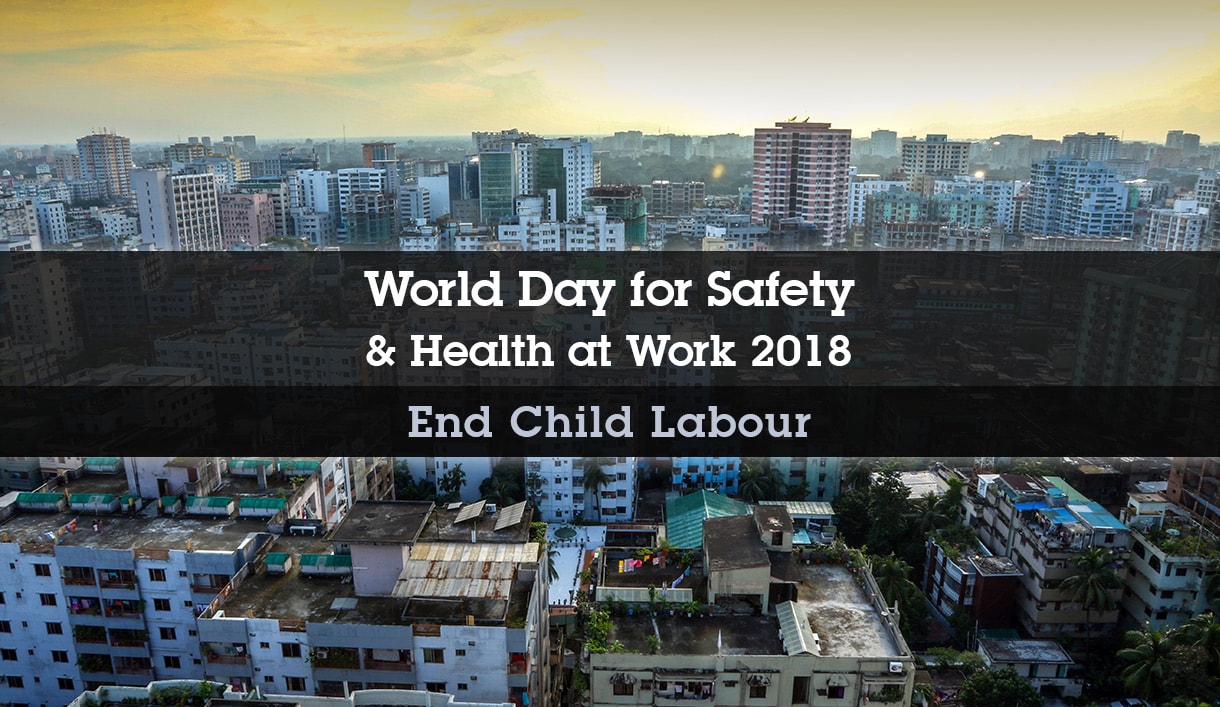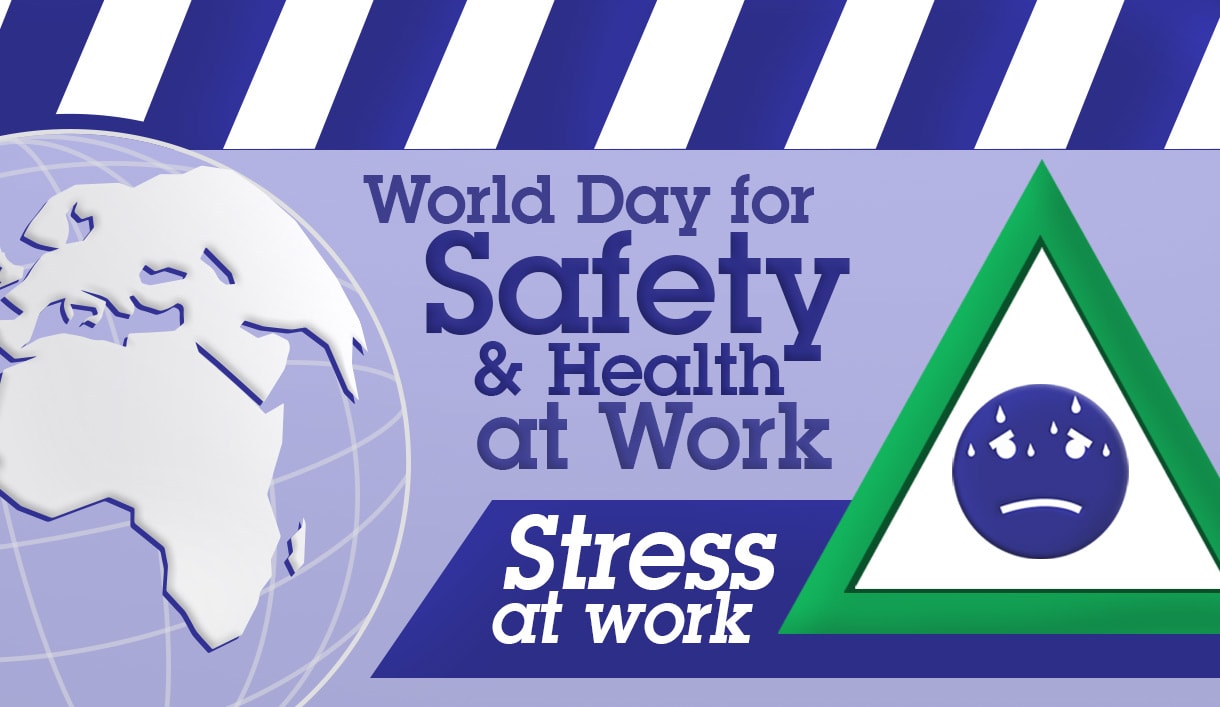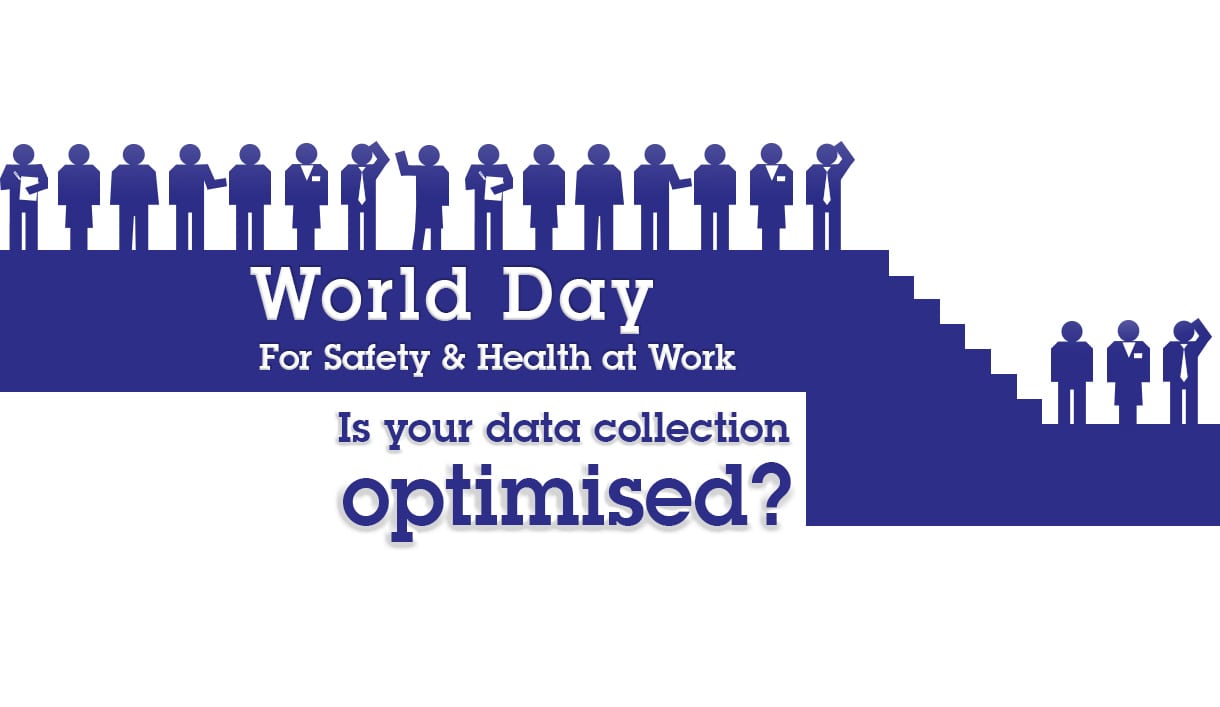World Day for Safety and Health at Work 2018
End Child Labour in All its Forms
A fair day’s work for a fair day’s pay, safe working conditions and reassurances that children will not be exploited; principles we should all be onboard with.
However, in spite of this common consensus UNICEF (The United Nations Children’s Fund) statistics show that in the world’s poorest nations 1 in 4 children continue to be used for illegal labour*. In addition, much of said work is poorly paid with abundant risks not even trained adults should be exposed to, let alone untrained, underaged workers.
As such, it is with some pertinence that the issue of young worker’s health and the mission to end child labour should be at the forefront of this year’s World Day for Safety and Health at Work on the 28th of April. Besides raising worldwide awareness of this, it is the goal of the ILO (International Labour Organization) and its partners to ultimately end child labour – in all its forms – by 2025.
Statistical Evidence
For many the existence of illegal child labour – which frequently amounts to slavery – is an unpleasant truth we would rather deny. No one wants to imagine their products, clothes and food were at some point manufactured, sewn, cultivated or packaged by suffering minors. Sadly, it’s ongoing persistence is a matter of fact.
Referring to UNICEF statistical evidence* data shows that child labour is most prevalent in sub-Saharan Africa where 29% of children between 5 and 17 years work. Meanwhile, it’s estimated that 11% of children in the Caribbean and Latin America are performing hazardous work, while the Middle East and North Africa sit at around 7% in the same category.
On a global scale, ILO statistics also hammer home just how enormous in scope the problem is; 218 million children of 5-17 years work, with 152 million specifically classified as being in illegal labour. 73 million of the latter are also at notably high risk, being involved with what we would deem to be hazardous labour.
Shocking as this may all be, unfortunately, it is only in recent years that real accountability has been pushed forward in even the most affluent nations and to this day sizeable international companies still continue to have questionable supply chains.
While the thought of child labour within said countries may be almost completely unthinkable, the real danger is in negligence to investigate where goods and services are being sourced from.
To be blunt; whether the people holding the end of the chain know whose neck it is around many will still happily tighten it for the sake of convenience and success while turning a blind eye to the hard truths of human suffering on the other end.
A Closer Look
Here at SHEilds working towards a Safer, Healthier more Environmentally conscious world has always been our mission, with our specific means being training.
A big part of what our students learn and what they will go on to utilise in SHE management careers is based within statistical analysis. Indeed, stats often form the backbone of an investigation which in turn forms the basis of control measures to reduce risk.
With that said the cold impersonal nature of sweeping statistics can often overlook the human component of Health and Safety, drawing a decidedly unempathetic picture of people in peril. A closer look is often needed, and that is just the case here.
To consider just a few of the unreasonable hardships and disproportionate risks a child labourer might face:
- A young child is unlikely to have the experience, education or training to follow safety procedures or investigate a lack thereof.
- A young child is more likely to be intimidated by adult overseers and less likely to call them out on ordering unreasonably dangerous work.
- A young child will likely have minimal knowledge of what constitutes fair pay and thus be exploited for unreasonably small gains.
- PPE specifically designed for adults – if any is present – is extremely unlikely to fit a child correctly and thus be disregarded, leaving said child completely vulnerable to life-threatening hazards and consequent injury.
- Adult tools and machinery will likely be far too heavy or cumbersome for a child to operate correctly, exponentially increasing the chances of an accident.
- Illegal child workers are employed outside of international regulation, effectively being off the grid. As such, they have almost no guarantee of their safety being protected by law.
As the above outlines, the concerns relating to minors working illegally go beyond exploitation, being even more troubling thanks to the associated risk level being so much higher.
No one should face such unreasonably high risks of physical harm, long-term health damage and death, let alone a child.
Progress?
Historically, virtually no nation’s hands are clean of this issue. The UK for example has an inconvenient and far from ancient past with the Industrial revolution of the 18th and 19th Century demanding cheap labour, frequently sourced among children.
What is important however, is that we all move forward and do not use wrong doing of the past as justification for an unreasonable future.
Has there been any progress made in recent years? Certainly, at least some.
The UK’s Modern Slavery Act 2015*4 for example requests transparency from companies regarding their supply chains, specifically in relation to organisational structure, partners, policies, training and investigation into possible slavery (including illegal exploitation of minors) and human trafficking connections.
Problems remain with this bill however, as there are presently no direct company sanctions in place for failing to publish a statement. Rather, it is up to the Secretary of State to pursue an injunction demanding compliance*5. Much of the responsibility is placed instead upon investors, non-governmental organisations and clients to highlight wrong doing, making penalties more a case of reputation than legality. Additionally, the 2016-2017 revision has to date been stalled in parliament*6.
Elsewhere around the world legislation can often be vague or is effectively open to interpretation. Bangladesh for example has notably poor enforcement of anti-child labour laws, particularly within its clothing industries.
The Overseas Development Institute notes that 15% of 6-14 year olds in the country’s poorest accommodation work a staggering 64 hours a week*7 with accompanying stories of horrific abuse also being commonplace and safety disasters such as Rana Plaza still being fresh in mind.
Even a renowned international industry such as that of chocolate – already under scrutiny – is still turning out regular reports of shocking child labourer numbers; a recent estimate standing at 2.3 million*8, a disastrous increase over 2013-2014’s estimate of 2 million which in turn marked a rise of 18% over 2008-2009. Put frankly, these numbers should be going down not up.
It’s an uneven picture, with the issue being widely recognised and condemned by governments and humanitarian organisations but with legislation struggling to keep up or be enforced. As such, there is a great deal of work to do if the ILO is to hit its 2025 target.
Demand Accountability
The factors which drive children into illegal work can be overpowering, often being linked to dependent economies, family poverty and bottom-line policies offering hollow justification for the practice. That’s why it’s all the more important that the international community unites over this issue and openly condemns all instances of child exploitation, demanding its end an with unwavering global voice and working towards viable solutions.
Children will always be at greater risk in the workplace, often facing dangerous uncertain futures and diminishing prospects. As a result, said workplaces end up being less productive, less sustainable and lower in morale compared to ethically run counterparts utilising trained adults.
We owe an entire generation of children better than this, we owe our workplaces better than this, we can and will do better than this. Demand accountability, demand supply chain transparency, demand children everywhere be allowed their childhood.
By Owen Roach
Sources:
*1 https://data.unicef.org/topic/child-protection/child-labour/
*2 https://www.un.org/en/events/safeworkday/
*3 https://www.ilo.org/global/topics/child-labour/lang–en/index.htm
*4 https://www.legislation.gov.uk/ukpga/2015/30/section/54/enacted
*5 https://www.consumerproductslawblog.com/2017/03/2017-marks-first-year-all-companies-must-provide-uk-modern-slavery-act-disclosure/
*6 https://services.parliament.uk/bills/2016-17/modernslaverytransparencyinsupplychains.html
*7 https://www.theguardian.com/global-development/2016/dec/07/child-labour-bangladesh-factories-rampant-overseas-development-institute-study
*8 https://www.slavefreechocolate.org/
*9 https://www.childlaborcocoa.org/images/Payson_Reports/Tulane University – Survey Research on Child Labour in the Cocoa Sector – 30 July 2015.pdf







Leave a Reply
Want to join the discussion?Feel free to contribute!